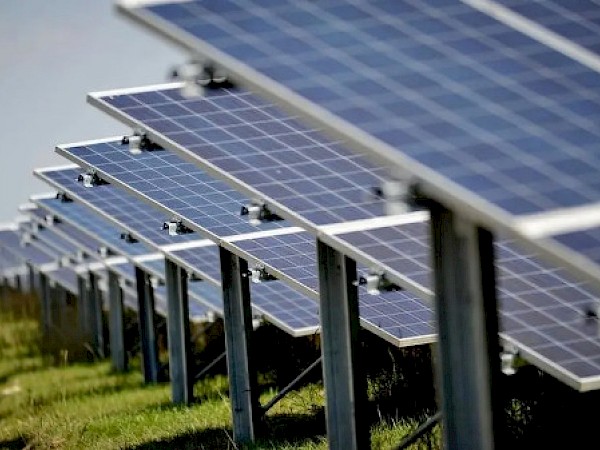
Qair, formerly Green Switch Capital, has received planning permission for a 49.9MWp solar power plant in Buckinghamshire.
The 49.9MWp Straws Hadley Solar Farm will cover about 56 hectares and site management will include the provision of biodiversity net gain, with at least 65% habitat gains and 12% hedge gains estimated post-development.
Qair acquired a significant majority share in UK-based developer Green Switch Capital in August, adding its pipeline of over 15GW—with the first projects to be commissioned in 2026—to Qair’s existing portfolio in the UK. That portfolio already includes offshore wind, energy from waste and onshore renewable projects.
Sam Burgess, project manager at Qair, said: “Straws Hadley marks our third solar project approved for planning this year, along with Lark Hill in Rochford and Washdyke Farm in Folkingham. Securing planning permission isn’t just a milestone—it’s the foundation for building a brighter and more sustainable future as well as helping Qair reach our goal of becoming a leading independent power producer (IPP) in the UK.”
Buckinghamshire Council approved the development to be constructed in Wingrave, despite nearby parish councils expressing concerns. Wingrave and Rowsham parish council representatives said the glint from the panels might be “intrusive” to people nearby, and it was raised that the panels could affect the “attractiveness” of the Chiltern Hills.

The planning officer said that the overarching public benefits of large-scale renewable energy schemes, in line with the government’s clean energy goals, outweighed the downsides of the project.
Planning policy changes to support solar
Solar Energy UK heralded the government’s recent publication of the new National Planning Policy Framework (NPPF) as making compliance with UK climate obligations easier.
The new NPPF is firm on the urgent need to cut carbon emissions, stating that planning authorities should give “significant weight to the benefits associated with renewable and low carbon energy generation and the proposal’s contribution to a net zero future” when determining applications.
It has been well reported on Solar Power Portal that a planning loophole had meant local authorities could refuse a solar development if it threatened food security. However, Mark Moore, project development and sales director for Iqony SENS, told us that another major issue for local councils was the visual impact (as in the case of Qair’s Bucks development).
Moore said: “It’s always visual, but it’s sometimes not what they can see.”
He explained that locals often worry about a project’s visibility from major roads that run near their area; misconceptions and negative connotations mean that visible solar developments can cause a negative view of an area.
The new government’s open support for solar has meant a rapid increase in the number of large-scale solar developments getting the okay from councils and NPPF changes should begin to see more size variation—like many projects, the Straws Hadley Solar Farm has a capacity just below the threshold that would make it a nationally significant infrastructure project (NSIP).
Solar Energy UK pointed out that there have been no solar developments brought forward with capacity between 50MW and 99.9MW in England “due to the extra time and resources of the NSIP regime” although there are 174 either built or in the pipeline with a 49.9MW capacity.

